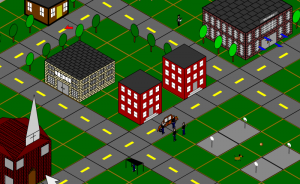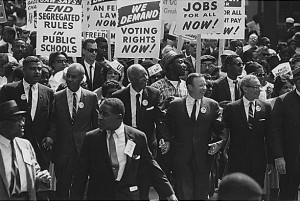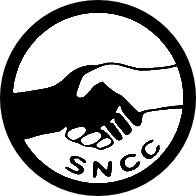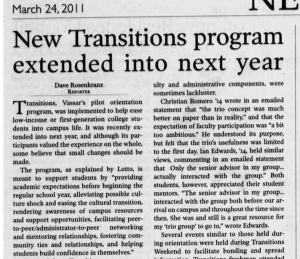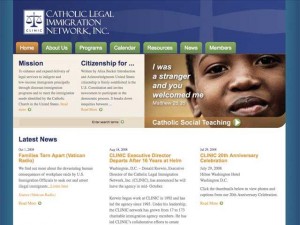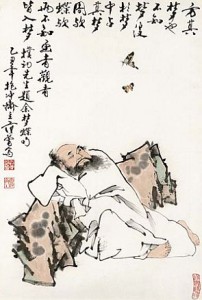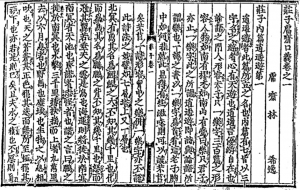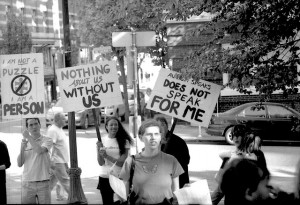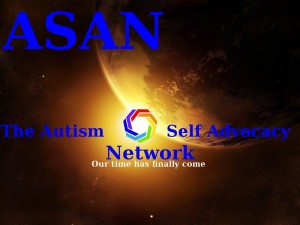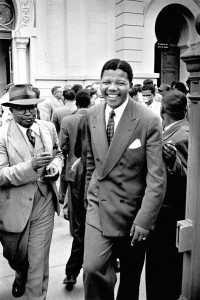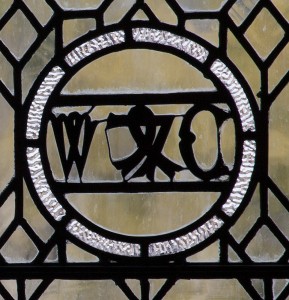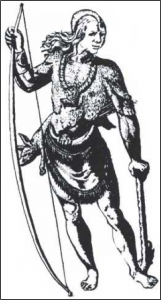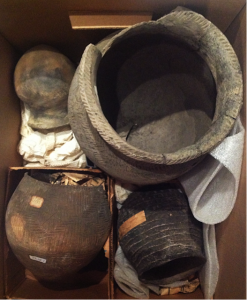Pinar Batur, Prof. of Sociology and Director, Environmental Studies
Joanna Barnett ’14, Environmental Studies
Considering the profound challenges facing our globe, studying the environment today is not only crucial but also extremely daunting. While it is more critical than ever that we understand environmental risks, studying issues that are seemingly out of our control is not sufficient for effectively confronting the global crises we face. This is why our goal for the Ford Environmental Studies Project was to integrate elements of agency and activism into the Environmental Studies curriculum, and to ensure that the issues we study are addressed with an eye to how we can best translate our knowledge into action.
Our project focused on the syllabi for both the Environmental Studies introductory class and the Senior Seminar. Looking at these classes as the “bookends” of the ENST curriculum, our goal was to incorporate the study of environmental activism as a core component at both levels. For the first class, Environmentalisms in Perspective, we chose readings that will provide a background of environmentalism, while enabling students to examine activism through historical and current movements. The Senior Seminar will be focused specifically on the food system–a topic that will build upon the varied interests, studies, and experiences of ENST majors. We will conclude the class with a project utilizing Vassar as a model for mobilizing a food movement, in which ENST majors will apply their understanding of activism to analyze the food supply at our school, and determine the best pathways for future action.
For the student aspect of our project, I chose to focus on the role that large, though ostensibly ethical, food providers have on local farmers, businesses, and food movements. I’m interested in the efforts and challenges of “scaling up” the values traditionally promoted by smaller businesses, and am looking forward to continuing this research into the coming year. We also plan to expand on our project next semester by building an inventory of alumni who are involved in activism, enabling students to explore how their peers are taking action after Vassar. Adding a focus on activism into the ENST curriculum will not only offer students a better understanding of their role within all they are studying, but also will contribute to Vassar’s greater efforts toward promoting a sustainable and just community.


